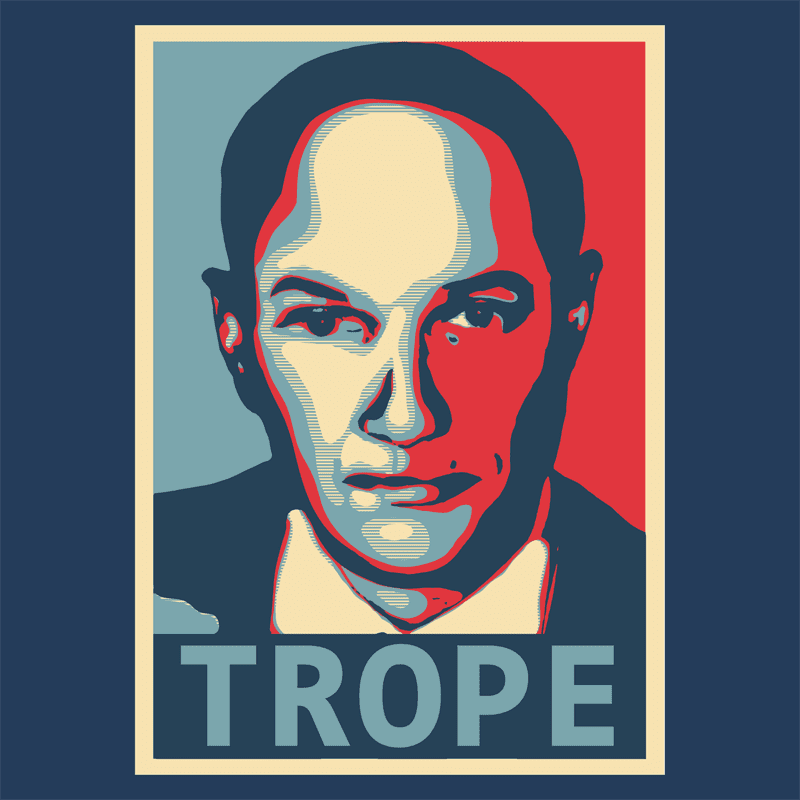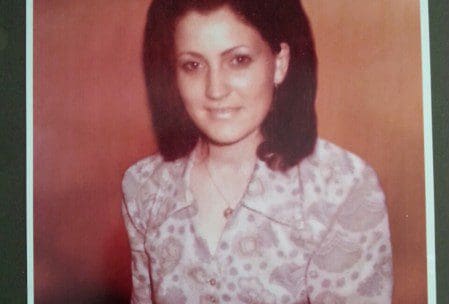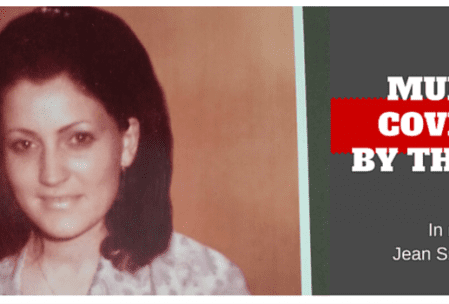In May 1972, the British Minister of State for Northern Ireland requested a short note on the origins of the Black and Tans and the B Specials.
Lord Windlesham requested the historical brief regarding the Black and Tans and B Specials “at a time when the Royal Ulster Constabulary is under strength and there is talk of a need for a sizeable increase in police manpower in Northern Ireland.”
Lord Windlesham had just moved from Home Affairs to the newly created Northern Ireland Office after the imposition of Direct Rule at the end of March 1972. The north of Ireland was in the midst of another conflict which was indeed about to deteriorate over the next few weeks and Windlesham reckoned that “some of the arguments which must have been used when the two forces… were formed were likely to recur.”
In particular, Windlesham requested information regarding:
- “The circumstances which led to the formation of the special forces”
- “What history has to tell us about them with hindsight”
- “Whether there are any lessons to keep in mind at the present time”
Windlesham was a British peer whose family, the Hennessy family, was of Anglo-Irish stock so he may have been more attuned to the lessons of the past in Ireland.
Nevertheless, this is a British paper for a British minister regarding special police forces organised for the defence of British interests in Ireland. The opening line reminds us of that immediately:
“The Black and Tans have become part of Irish mythology.”
Although written from a particular perspective for a specific audience, the paper is still very interesting as discussions of how we remember the likes of the Black and Tans are very current today as the Irish Government prepares to commemorate those who served with the Royal Irish Constabulary – which included the Black and Tans and B Specials.
For some in Ireland, the RIC was a pillar of law and order; for others, it was a police force used as a blunt instrument to uphold British interests during the British occupation of the 32 counties.
This has led to a very interesting debate regarding memory, corporate memory, commemoration, history and reconciliation within the Irish and British isles.
The 1972 brief continues:
“Although it took some time for the morale of the RIC to break, it was hardly surprising that a campaign of murder on this scale would lead to police reprisals, particularly against known leaders of Sinn Féin which at that time was the de facto Government of Ireland…”
“It is nevertheless beyond dispute that the activies of the Black and Tans did a great deal to harden Irish opinion in favour of Sinn Féin and what it stood for.”
“In the circumstances of widespread guerilla warfare, and bearing in mind that the new recruits were plunged into a situation which they could hardly understand and had furthermore just spent up to five years in the trenches, it is hardly surprising that they behaved with some measure of brutality.”
“However, as a recent commentator [British historian Robert Kee] said, ‘The increasingly brutal behaviour of the police, and the very rough Black and Tan reprisal which was soon to develop, grew out of a situation in which an Irishman could have a shotgun discharged into his knee simply for joining the RIC or be killed while sitting drinking in uniform in a bar, or, having been shot in the back while on routine patrol, be finished off while lying on the ground asking for mercy. These things all happened before any Black and Tan campaign had started in Ireland and at a time when all attacks on the police were abhorred and vigorously denounced both by local priests and also by bishops of the Church that represented the vast majority of the people of Ireland.'”
The British civil servant then draws the history lesson to 1972 Northern Ireland:
“Perhaps the main lesson… is that any body of men from Great Britain who should find themselves in the difficult position of having to interfere in Irish affairs, are all too likely to be accused of behaving like the Black and Tans.”
“It is to the credit of the [British] Army that despite the almost routine Irish procedure of charges of brutality, they have so far managed on the whole to avoid being credibly presented as the reincarnation of their predecessors 52 years ago.”
The British Army’s massacres of Irish civilians in Ballymurphy (August 1971) or Derry (January 1972) are not considered; nor are the killings of the clandestine British Army Military Reaction Force, which began its shooting of civilians in earnest in May 1972.
Download Black and Tans: A Historical Brief [PDF 1MB]
Listen Instead

Ciarán MacAirt is founder and manager of the charity, Paper Trail. He is author of the critically acclaimed book, The McGurk’s Bar Bombing. His new book, Trope: Essays and Articles, is now available on Kindle, with all proceeds going to Paper Trail to help other families in their pursuit of truth.




